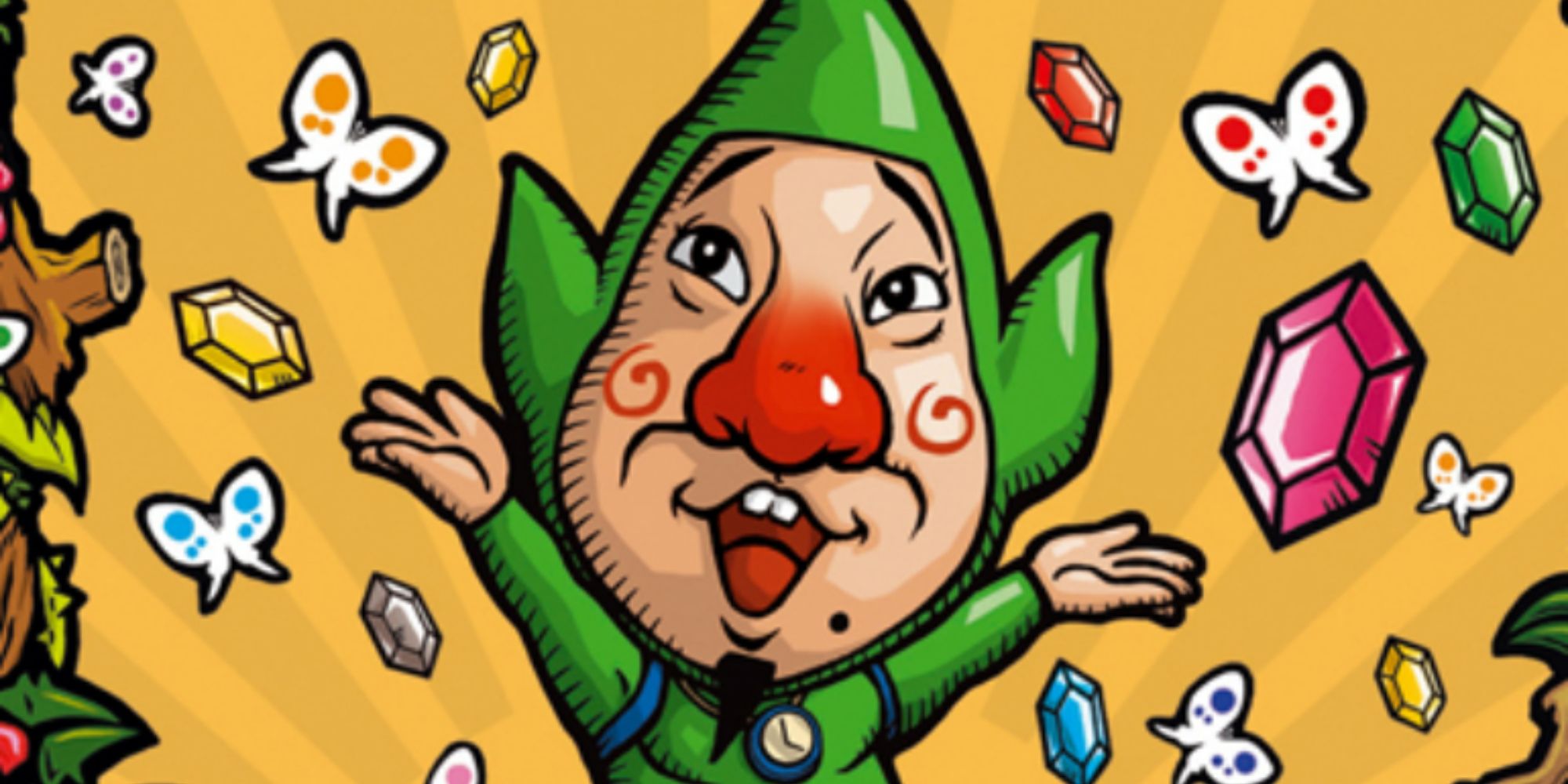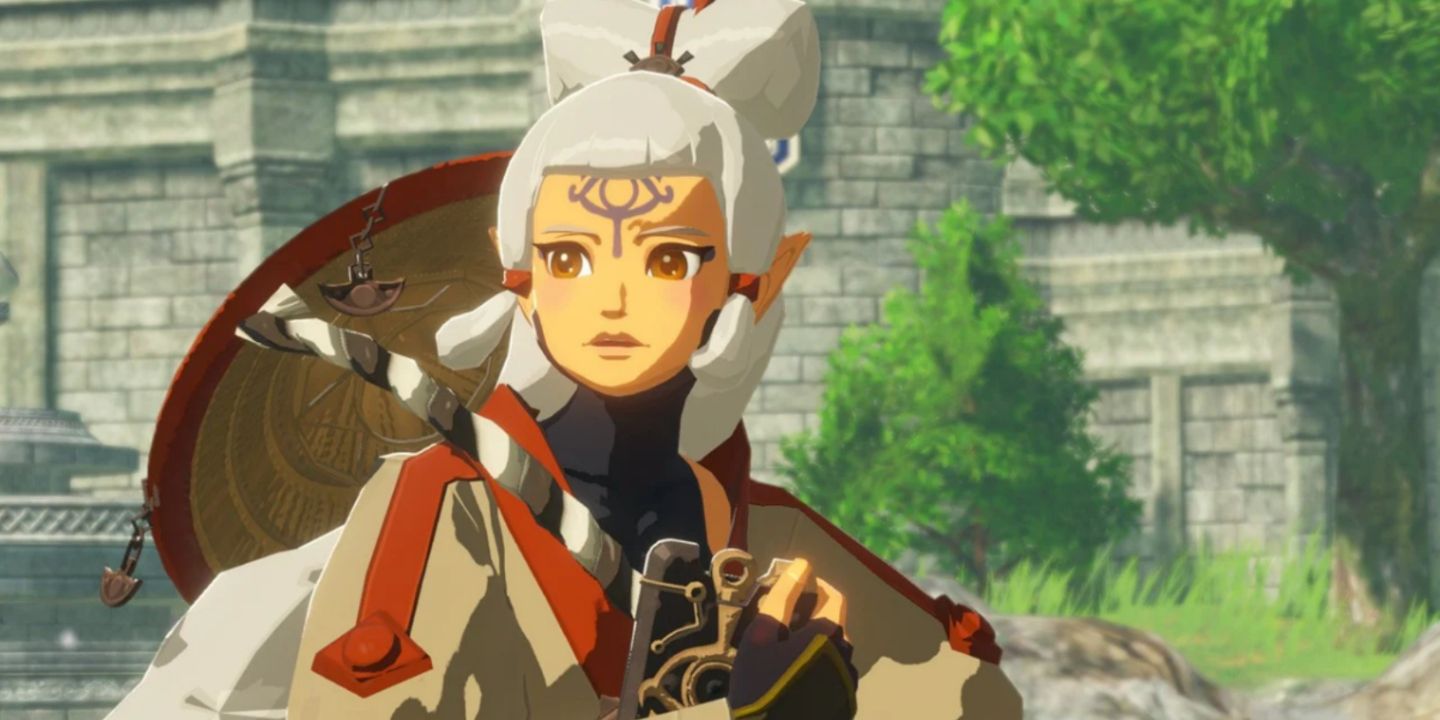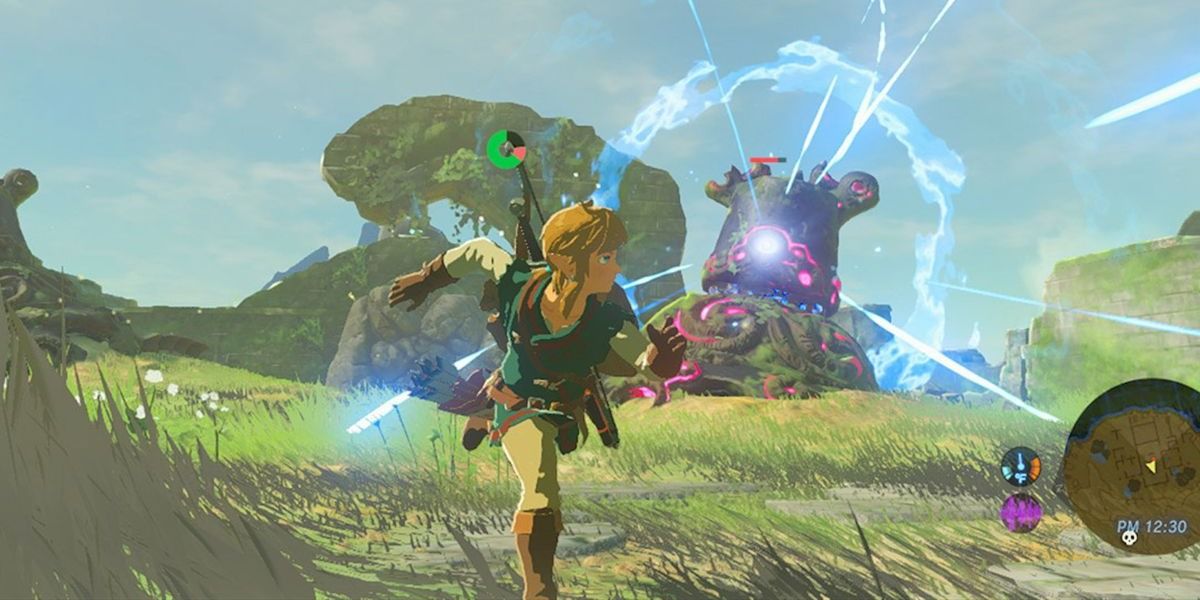The Legend of Zelda has been around since 1986, beginning with the classic game that started off the epic video game series we all love today. Starring Link, the hero who must save Hyrule from the forces of evil, many Zelda titles are among gamers’ most beloved video games of all time.
For as long as The Legend of Zelda has been around in the gaming world, there’s quite a lot of interesting history about the series, from its early development to obscure titles you may not know about. Let’s jump right into fun facts you absolutely need to know about The Legend of Zelda.
Updated June 24, 2023, by Casey Foot: Spanning over 30 years, the beloved The Legend of Zelda series has no shortage of trivia about its different characters, stories, gameplay, and even development. We’ve added a few more facts so that you can find out even more about The Legend of Zelda, its roots, and the interesting stories surrounding its development.
16 Zelda Is Named After Zelda Fitzgerald
While Zelda is the name featured in the series’ title, you might be wondering where the name ‘Zelda’ itself comes from. In a 2007 interview, Shigeru Miyamoto explained that he was inspired by Zelda Fitzgerald - an American author and the wife of F. Scott Fitzgerald.
Liking the sound of her name and recognizing Fitzgerald as a “famous and beautiful woman,” Miyamoto named the princess, and the series, after her. It’s a fitting name for a princess, and now one of the most famous game names in history.
15 Tears Of The Kingdom’s Main Theme Is Hands
In a Nintendo interview, Eiji Aonuma said that “‘hands’ is a major theme” of Tears of the Kingdom. This motif can be seen visually in the game through Link’s Zonai arm, which he uses to interact with shrines and is the source of his new abilities.
More symbolically, the Zelda team discussed how hands can mean “connecting.” Unlike Link’s solitary journey in Breath of the Wild, Link is “joining hands and cooperating with various characters” that help him on his adventure.
Aonuma said that the theme of connection can also be applied to the story, as it “connects to Hyrule's past.”
14 The Original Zelda Is Called The Legend Of Zelda: The Hyrule Fantasy In Japan
It’s not uncommon for video games to have differing titles depending on where they are launched, and that is the case for The Legend of Zelda series. Originally launched in Japan in 1986 under the name The Legend of Zelda: The Hyrule Fantasy, The Legend of Zelda was launched a year later in the rest of the world in 1987.
Supposedly, The Hyrule Fantasy almost became the official title, which is unsurprising, as it captures the series’ fantasy roots that often take from fairytales. However, it’s difficult to imagine the series without Zelda as the figurehead.
13 Link’s Design Was Inspired By Peter Pan
You might have noticed that Link and Disney’s Peter Pan share a couple of similar characteristics, including their green color schemes and pointed elf-like ears. This isn’t a coincidence — in a 2012 interview with GameKult, Shigeru Miyamoto said that when they began designing Link, the pointed ears reminded them of Peter Pan, so they “started to take inspiration from it [Disney’s Peter Pan movie].”
Of course, Link’s appearance wasn’t a direct replica of Peter Pan. However, Miyamoto said that “Peter Pan's green suited him [Link] perfectly” due to it complementing the various forest environments in the game.
The idea clearly stuck, as Link’s appearance has remained mostly consistent throughout the series.
12 The Wii Version Of Twilight Princess Is Mirrored
When Twilight Princess launched on the Wii, it came with some changes that made it different from the original GameCube version. Alongside motion controls, the Wii version’s world was entirely mirrored.
These two changes most likely go hand in hand, as mirroring the game changed Link’s dominant hand from left to right.
This is because Nintendo wanted Twilight Princess’ motion controls to be suited to right-handed people, who they recognized would be the majority of players. Up until this point, Link had always been left-handed, making it a small but noticeable change.
However, Twilight Princess HD on the Wii U returned to the original perspective, making Link left-handed once again.
11 Link’s Awakening Was Inspired By Twin Peaks
Mark Frost and David Lynch’s 1990 TV show Twin Peaks is characterized by its eccentric characters and the mystery plaguing a small town. In Volume 2 of Iwata Asks, Takashi Tezuka (the director of Link’s Awakening), said that, when making Link’s Awakening, he wanted it to have a “feel that's somewhat like Twin Peaks.”
Tezuka said that to achieve this, the game would focus on a small group of characters in a small town — in this case, the island of Koholint. According to Eiji Aonuma in the same interview, Tezuka “suggested we make all the characters suspicious types like in the then-popular Twin Peaks."
This idea would then be carried on into later Zelda titles, such as Ocarina of Time and Majora’s Mask which also have their fair share of suspicious characters.
10 Shares Creator With Super Mario
The Legend of Zelda is one of many iconic series created by Nintendo legend Shigeru Miyamoto, who also created Super Mario, Donkey Kong, Star Fox, and Pikmin. Miyamoto’s creativity paved the way for video games to rise as a popular source of entertainment, a legacy that The Legend of Zelda gets to be a part of today.
While Miyamoto isn’t as directly involved in the Zelda series nowadays, he still has strong opinions about the series. Apparently, he found Navi annoying like the rest of us and hated The Wind Waker’s cartoony style.
9 The Meaning Of “Link”
The choice to name The Legend of Zelda’s protagonist Link has multiple meanings. Since The Legend of Zelda is based on the medieval era, Link’s name serves as a symbol of the way the game connects — or 'links' — the past to the present.
This was Miyamoto’s initial intention. However, that’s not the only thing Link’s name represents.
It’s also intended to 'link' the character in the game with you, the player. Link’s design also emphasizes this connection through his lack of spoken dialogue, as well as the ability to change his name in many Zelda games.
8 The Legend Of Zelda Title Theme’s Miraculous Origins
The original The Legend of Zelda opening theme was simply a pre-existing song: Ravel’s Bolero. However, even though Bolero was an older piece of music, it still fell within copyright law.
Right as the game was nearly finished, Miyamoto and composer Koji Kondo realized they couldn’t use Ravel’s song.
So, in a last-minute burst of effort, Kondo simply composed a new opening song based on the music he’d written for the game. He accomplished this overnight! Considering what a classic piece of video game music Zelda’s opening theme now is, this is quite the miracle.
7 Triforce Development
In the first The Legend of Zelda game, the Triforce didn’t include three pieces. Only the Triforce of Power, wielded by Ganon as usual, and the Triforce of Wisdom, hidden by Princess Zelda and sought by Link, appear in the game.
However, it wasn’t long until the Triforce of Courage was added to the game’s lore to complete the three-part Triforce we know today. Zelda 2: The Adventure of Link revolves around finding the Triforce of Courage.
Since then, the symbol has appeared in all Zelda games, though it is not always significant to the game’s story.
6 Hyrule’s Mythology
Just like the Triforce, the mythology of Hyrule evolved over the earliest games. The goddess’ role in the shaping of Hyrule and the creation of the Triforce wasn’t introduced to the series until A Link to the Past.
Before then, the first two games contained subtle allusions to the real-world religion of Christianity.
The references to the Christian religion are subtle, contained largely to the Cross symbol that appears in the first The Legend of Zelda game and Zelda 2: The Adventure of Link. While A Link to the Past does introduce the lore of the goddesses and Hyrule’s invented religion, that game also has a few holdover Christian references too.
5 The Zelda Timeline Debate
The timeline of The Legend of Zelda, or where each of the games fits in chronological order, is an ongoing debate. The Hyrule Historia presents the first 'definitive' timeline, only for it to be revised in the subsequent official Zelda Encyclopedia.
These contradictory details, partnered with Breath of the Wild’s ability to fit in at the end of any of the three timeline branches, calls into question the validity of a set Zelda timeline.
Complicating matters, the series’ developers, Miyamoto in particular, want to focus on making each new game a good story over-thinking how it fits neatly into the timeline. So, it seems the Zelda timeline is best left up to the interpretation of individual players.
4 Zelda Isn’t In Every Game
Despite bearing the name “The Legend of Zelda,” Princess Zelda doesn’t even appear in every game. She is not in Link’s Awakening or in Tri Force Heroes, though both games do contain a small reference to her.
She’s also not involved in Majora’s Mask, appearing only in a flashback of Ocarina of Time.
Even though Zelda doesn’t appear in every game, she does play a significant role in the series as a whole. She is by far Nintendo’s most involved princess and one of its strongest female characters.
3 Tingle Has His Own Spin-Off Games
While Tingle is one of the most frightening characters in The Legend of Zelda series, he did manage to land a series of spin-off games for the Nintendo DS. While the first one, Freshly-Picked Tingle’s Rosy Rupeeland, was launched in both Japan and Eastern Europe, the others only came out in Japan.
One is a remake of Balloon Fight for the NES, only with Tingle, called Tingle’s Balloon Fight. The other is Ripened Tingle’s Balloon Trip of Love. These strange spin-off games are not considered canon.
2 Cut Sheikah Game
Once upon a time, Retro Studios, one of Nintendo’s developers, pitched and prototyped a Sheikah RPG spin-off game in the mid-2000s. It’s unsure why the project was ultimately cut, as the concept sounded fairly intriguing, especially for Zelda fans.
The intended game would’ve followed the last of the Sheikah and revealed how the Master Sword came to be. Interestingly, the plot of the Master Sword’s origins was recycled in Skyward Sword, though it’s unclear if the cut spin-off’s story was intentionally reused or not.
1 Speedrunning Records
Speedrunning Zelda games is a fun, exciting challenge with an active community. From discovering and sharing warp glitches to attempting to beat the game the old-fashioned way as fast as possible, there are a lot of tricks to mastering the perfect Zelda speed run.
Believe it or not, the shortest you can beat a Zelda game in is a minute and a half. This is the Any Percent record for A Link to the Past, using an intense glitch in the game. CamelCreator has held this record for several years.
The longest speedrun in the Zelda series goes to Breath of the Wild (no surprise there). For a 100 percent extended run, the fastest times come in at just under 20 hours.

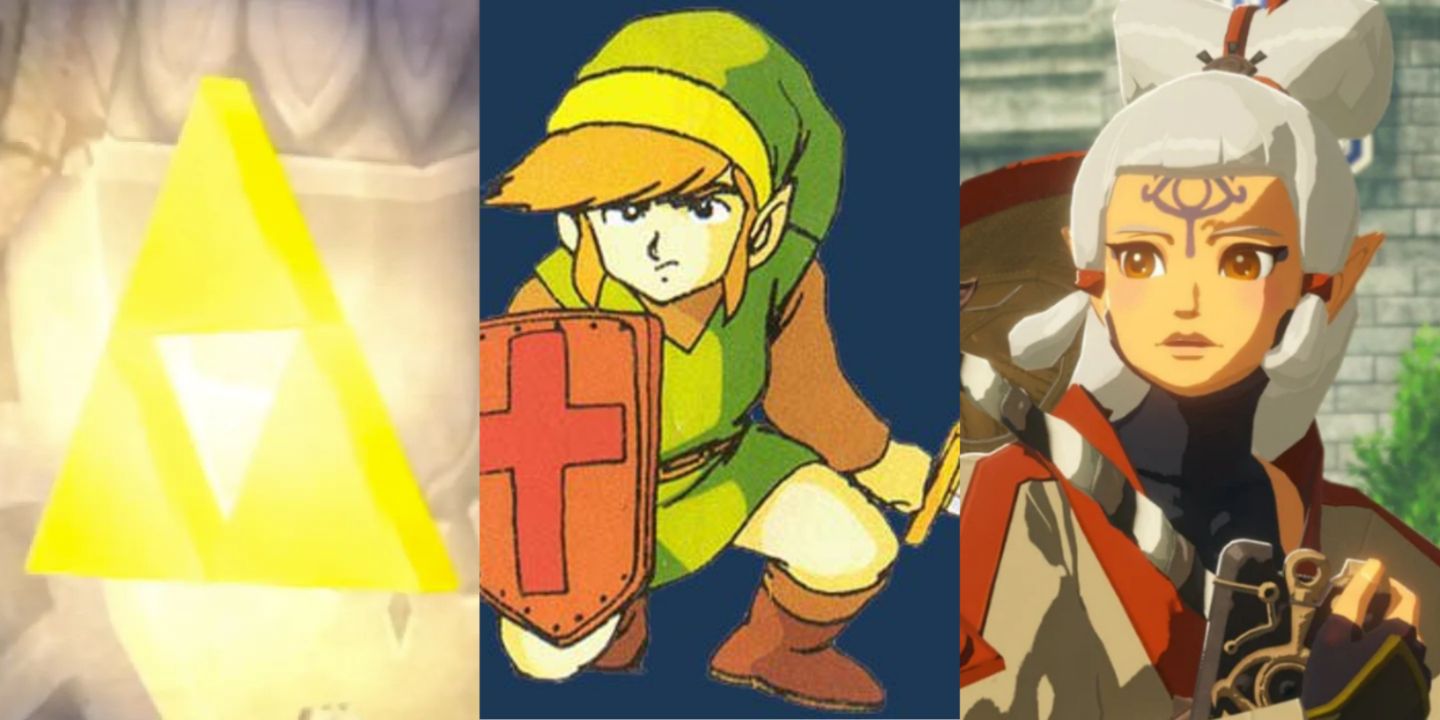
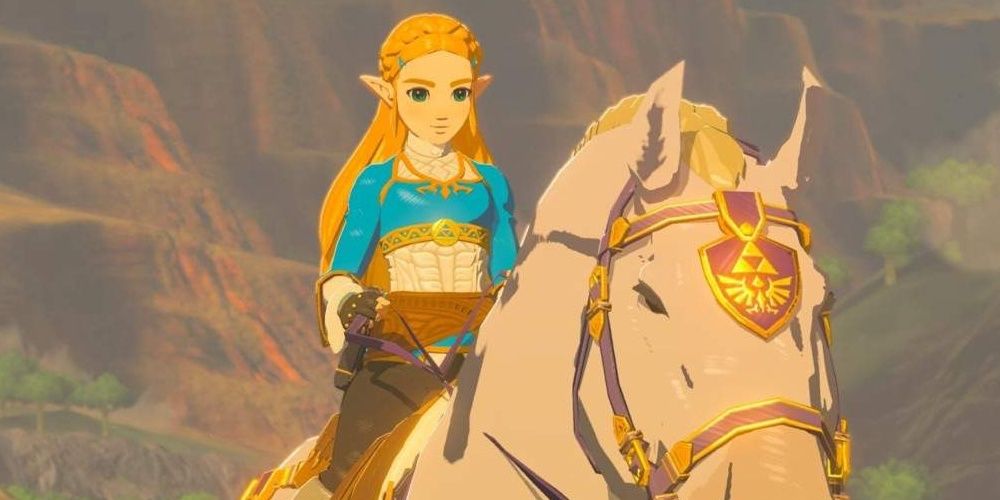
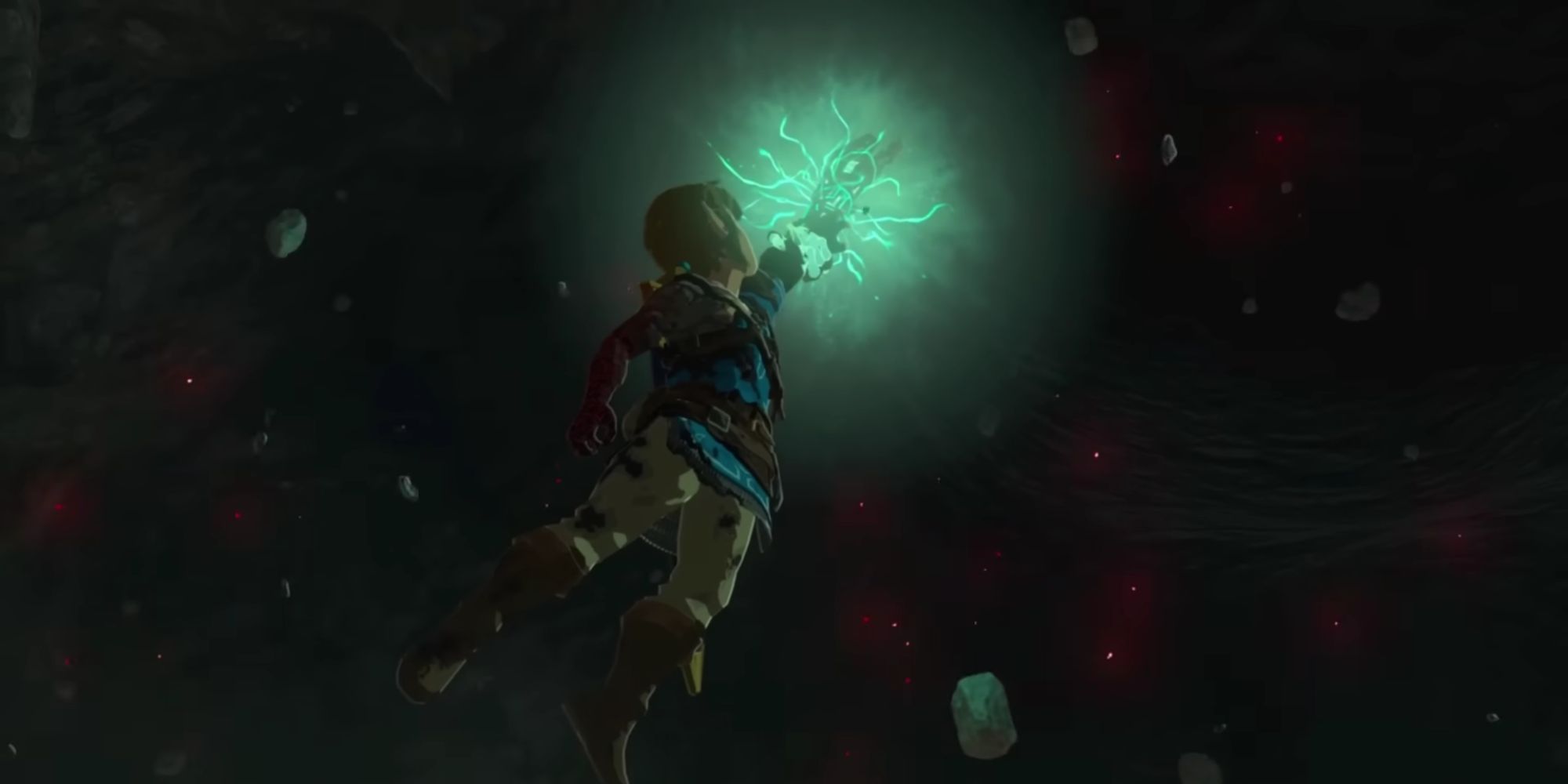
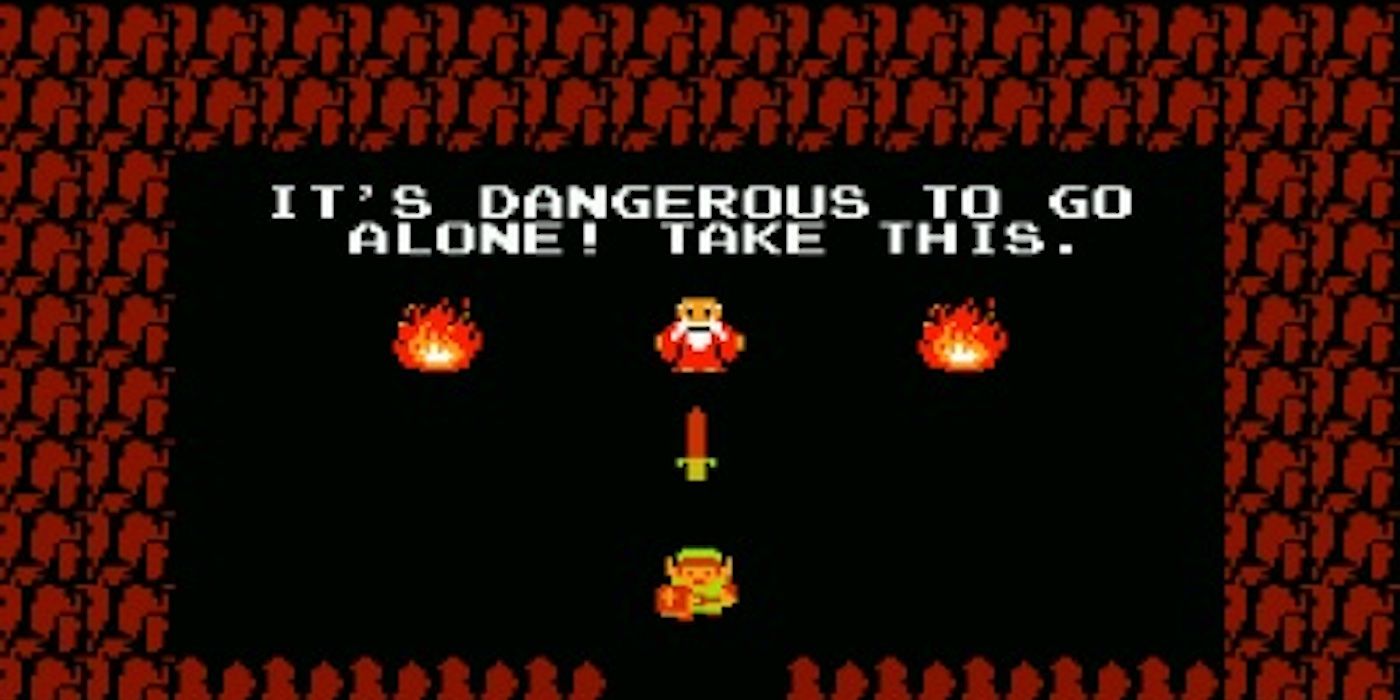
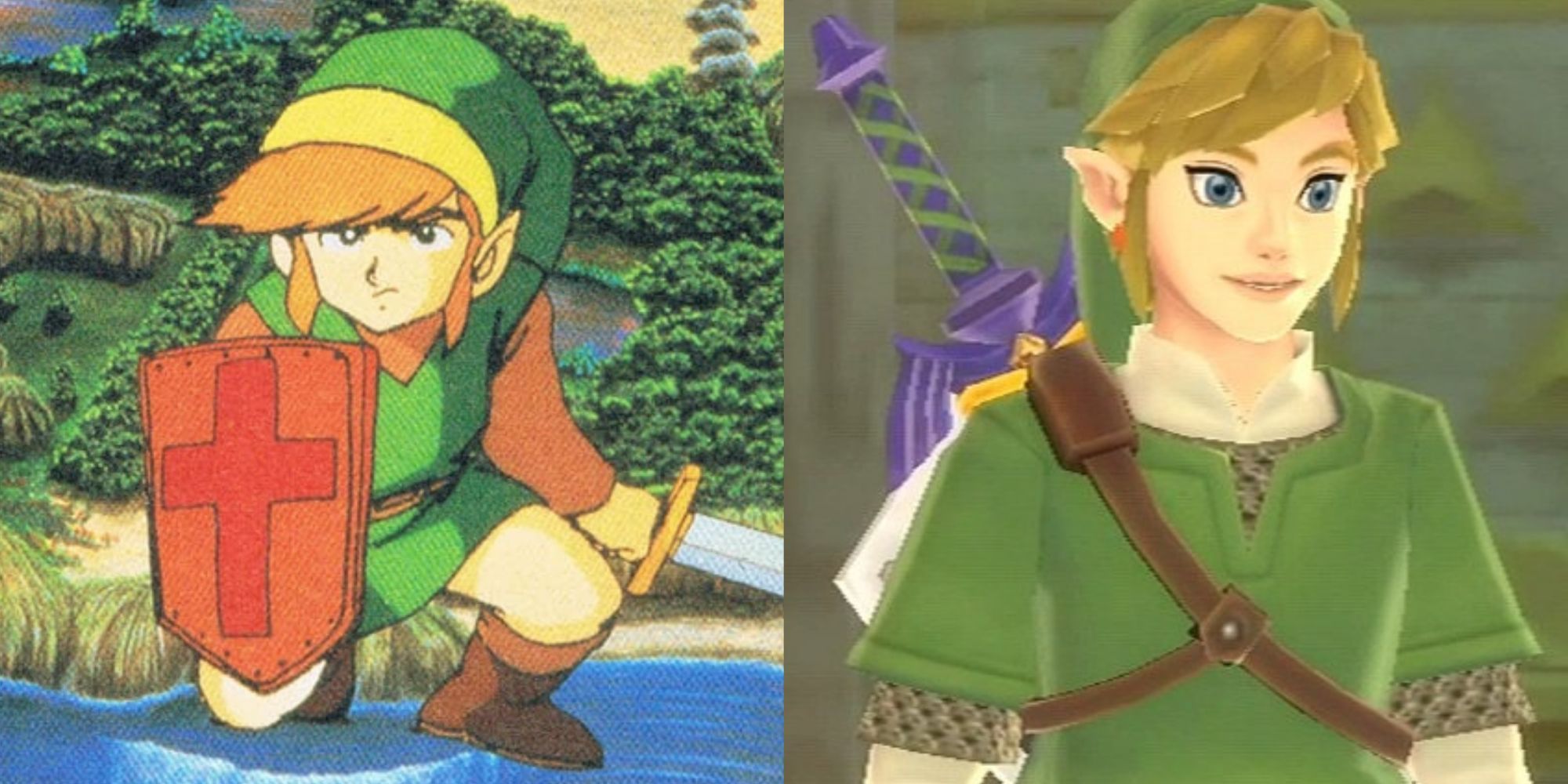
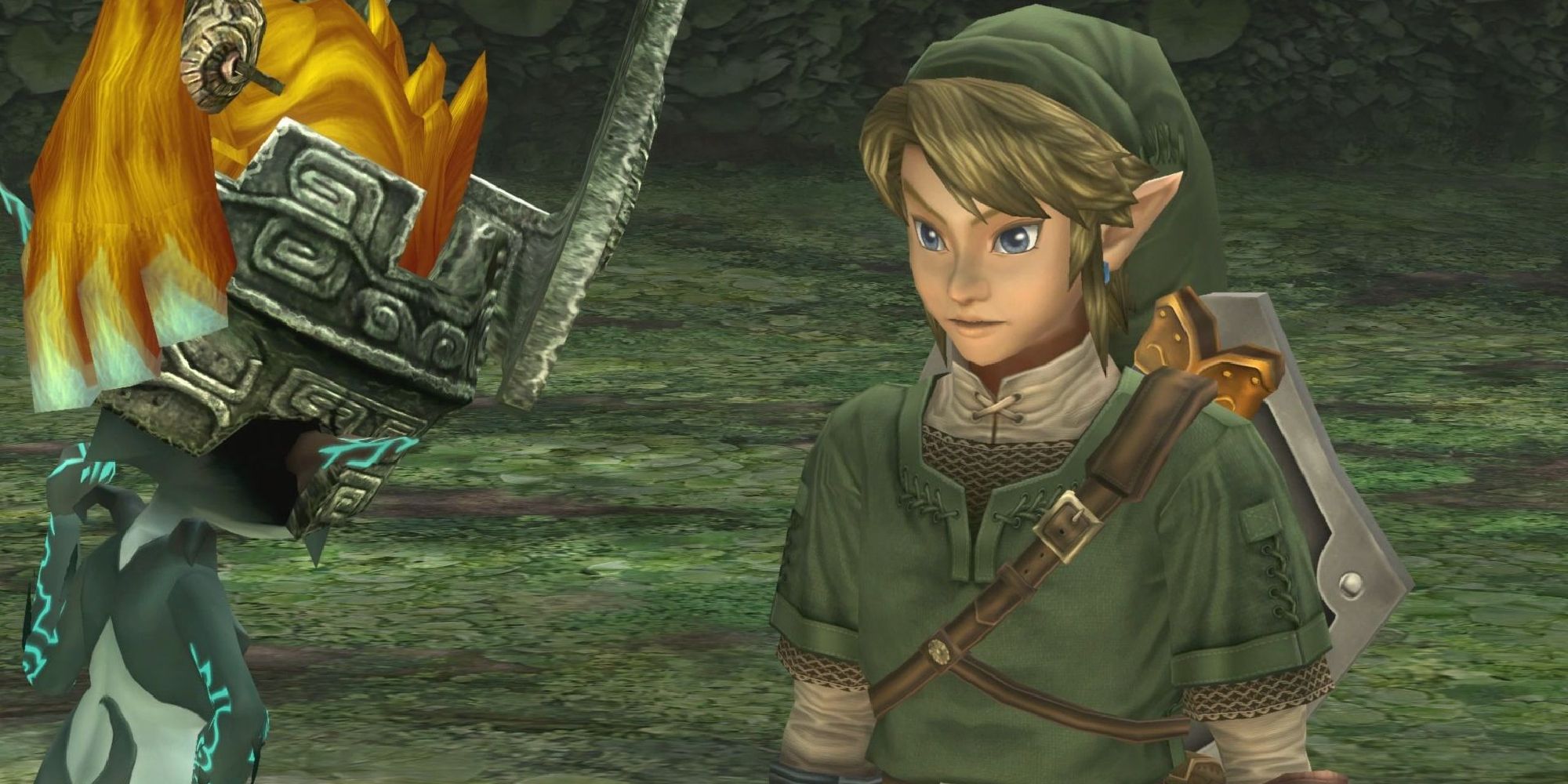
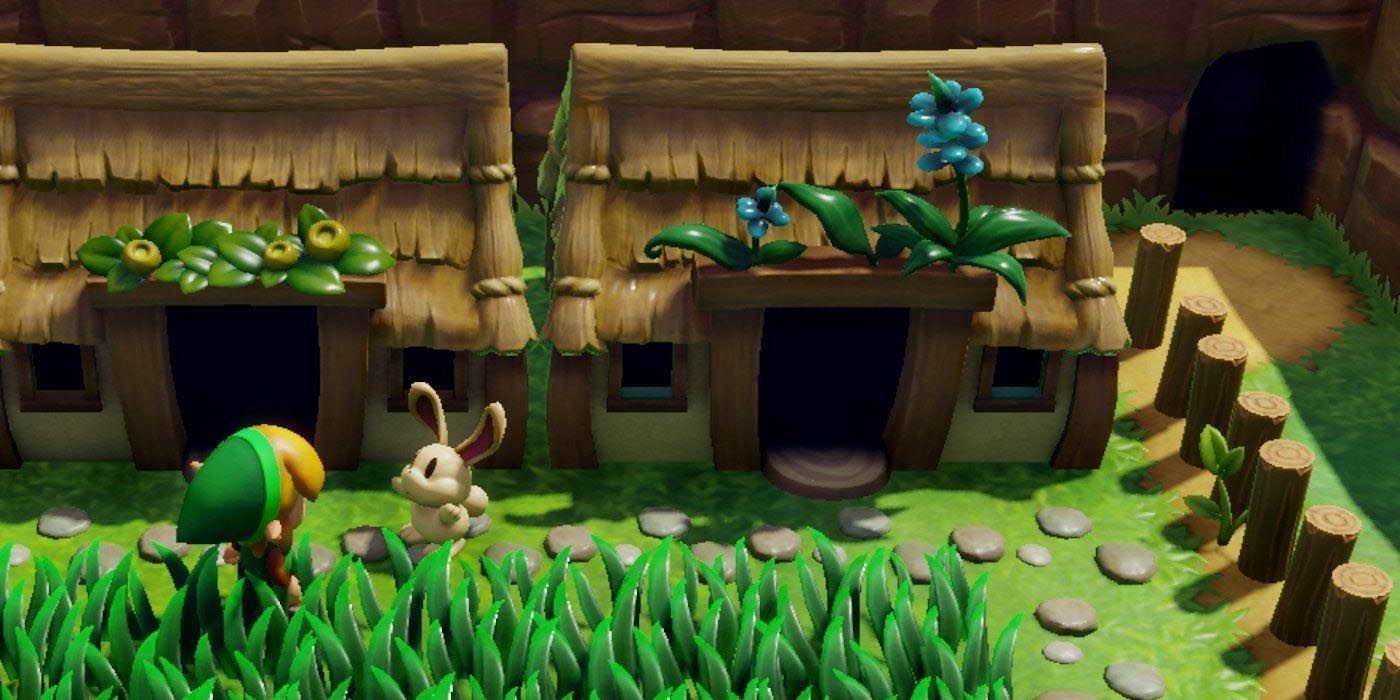
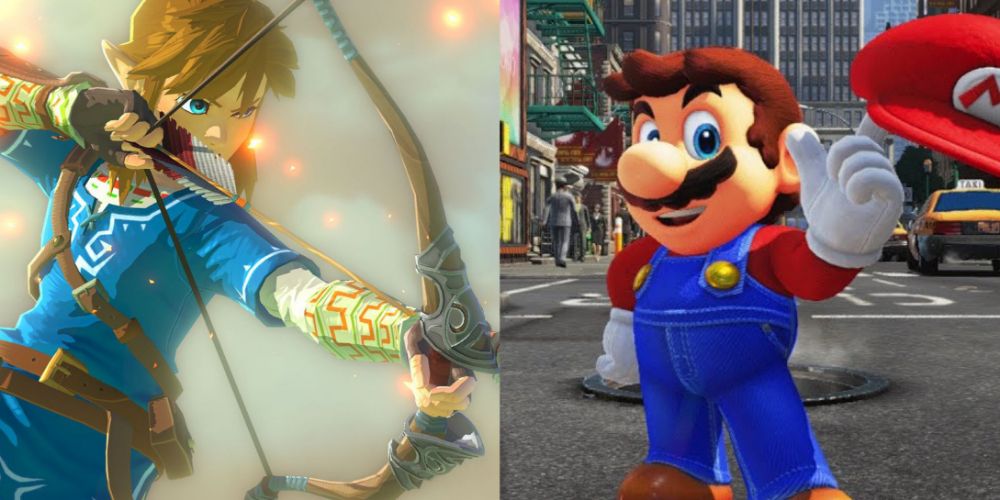
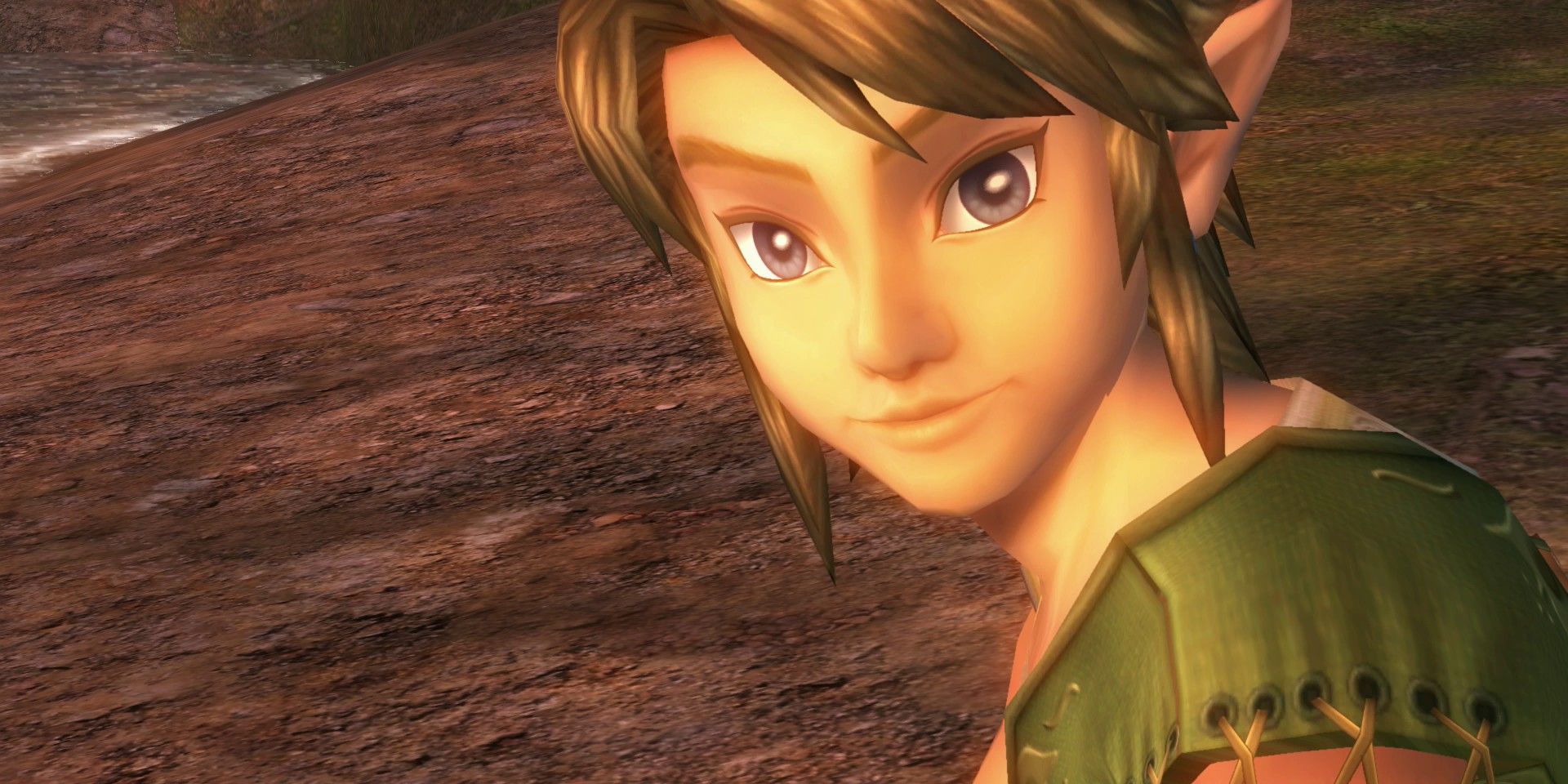
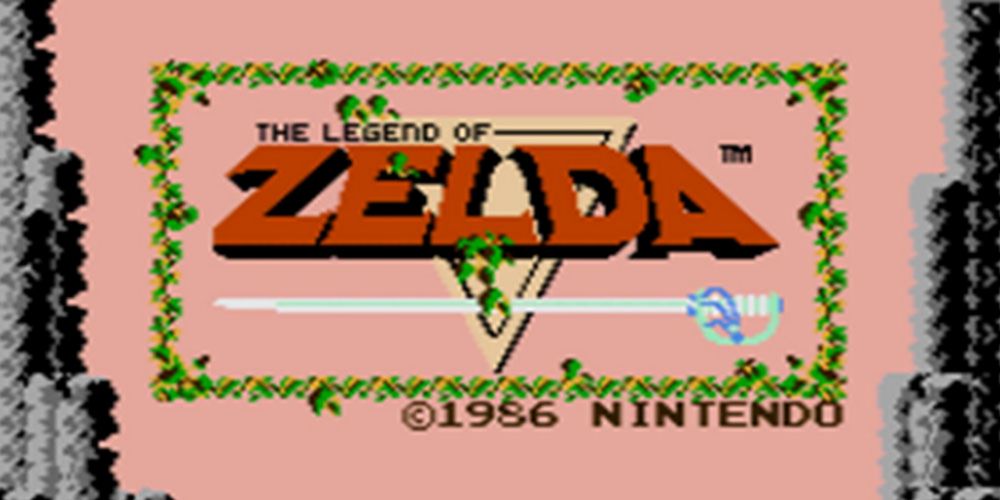
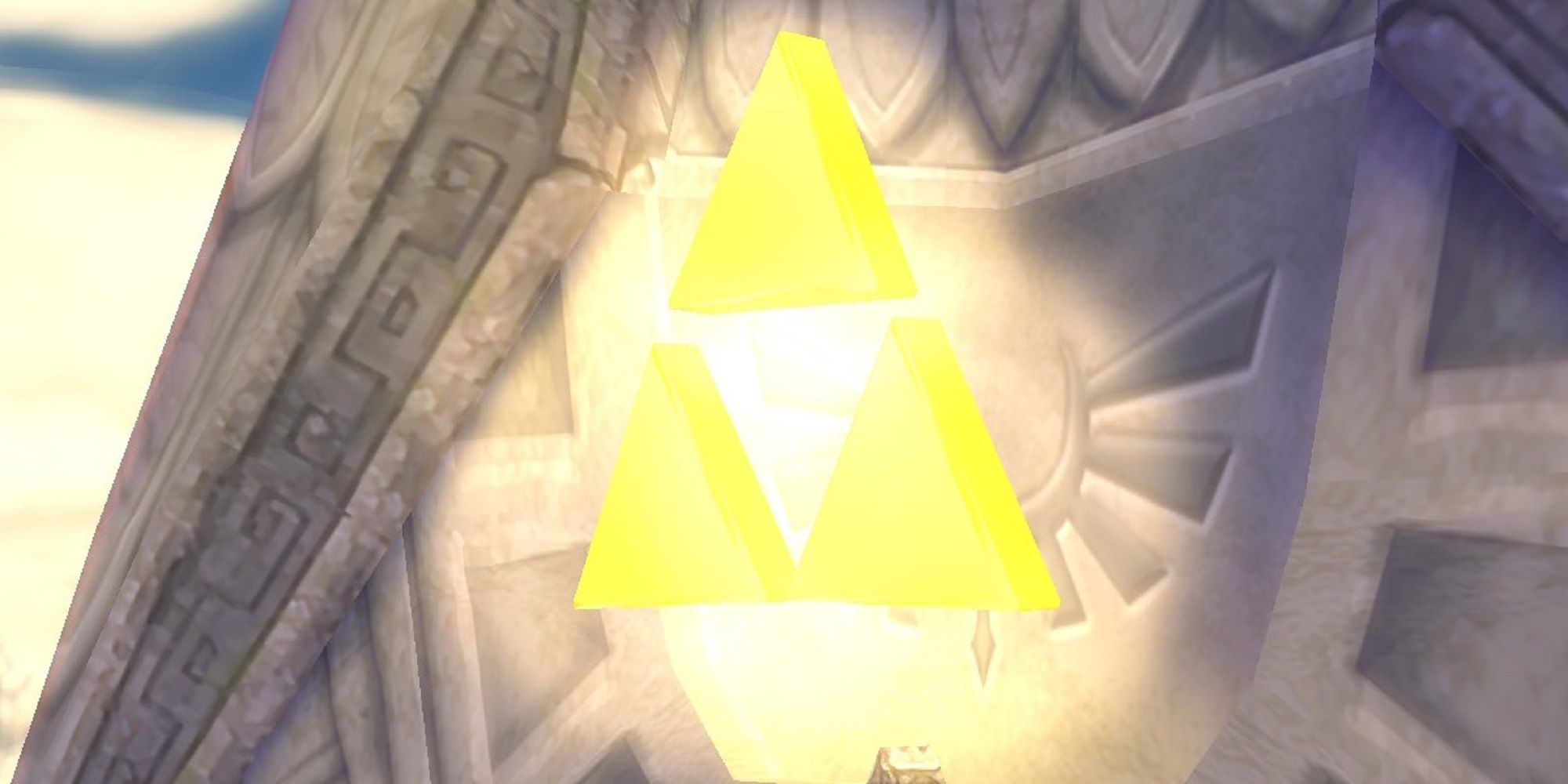
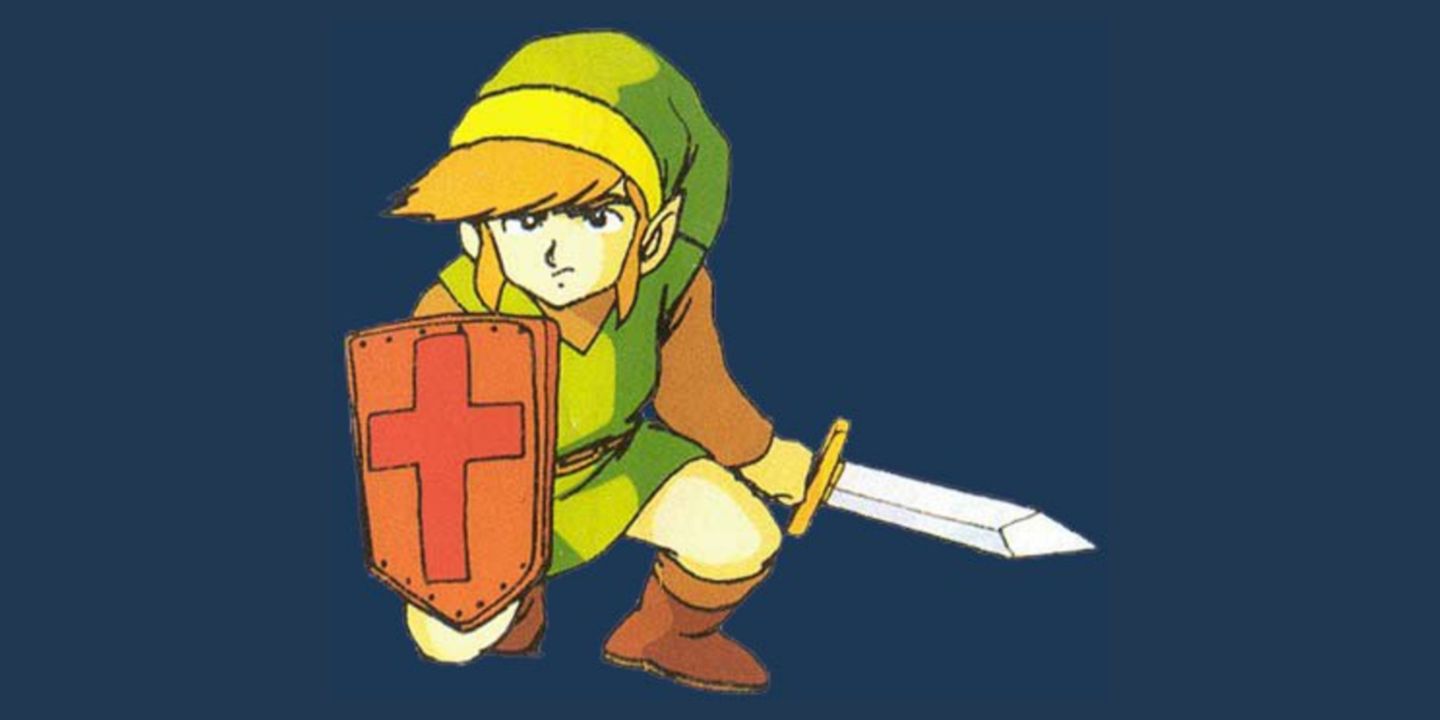
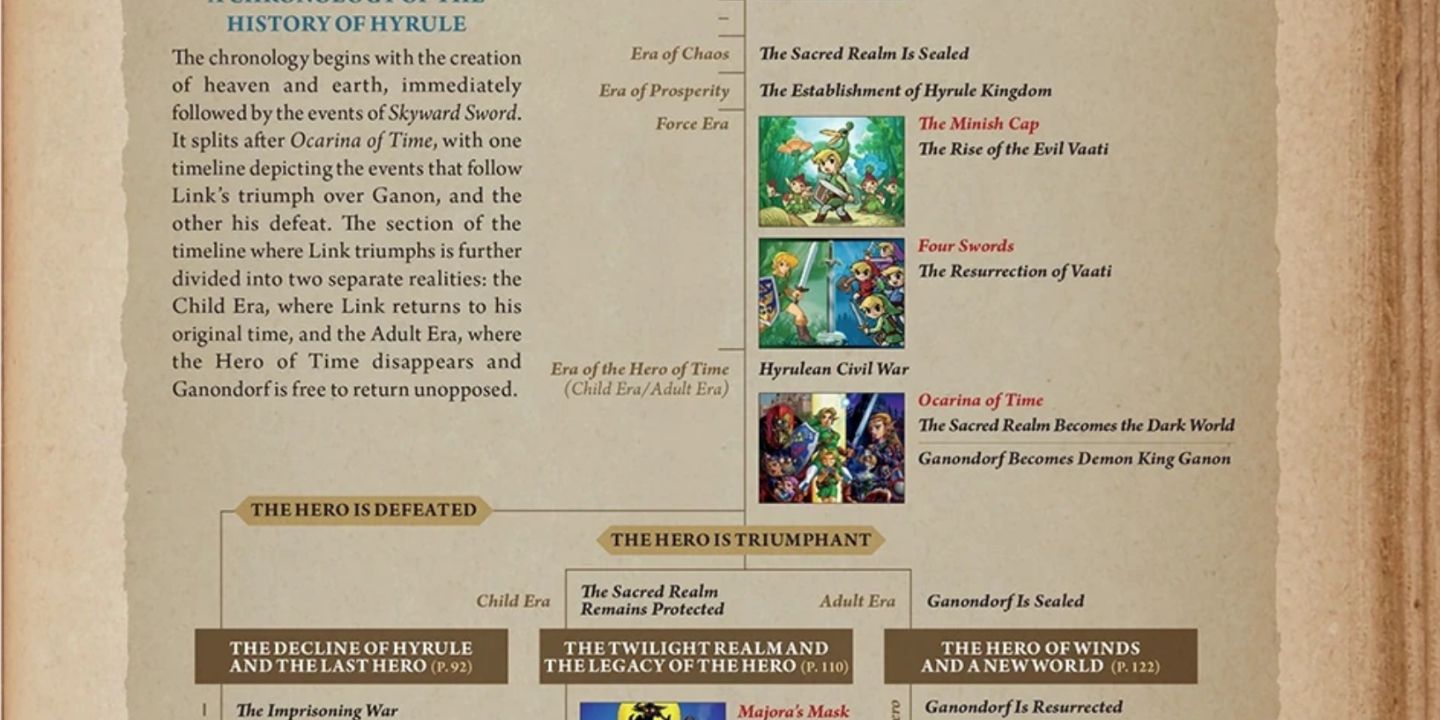
-A-Link-to-the-Past-Skyward-Sword-Twilight-Princess-and-Breath-of-the-Wild.jpg)
